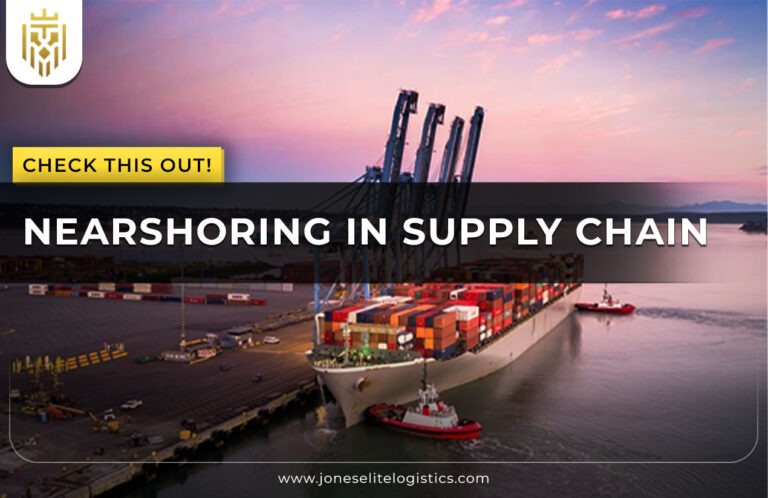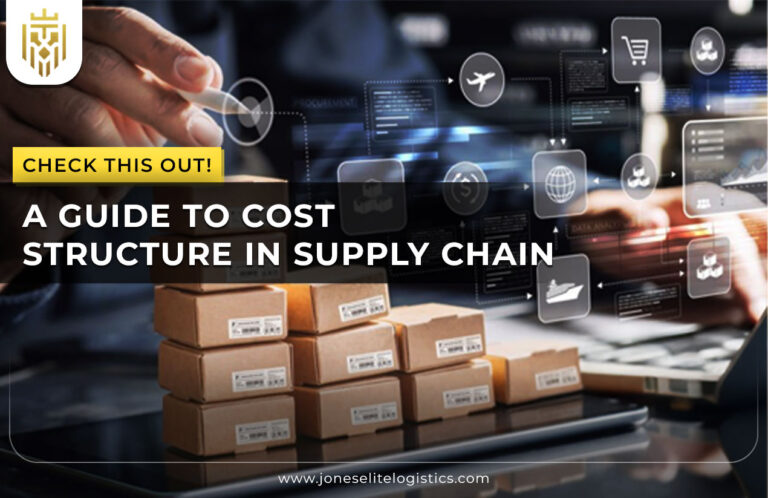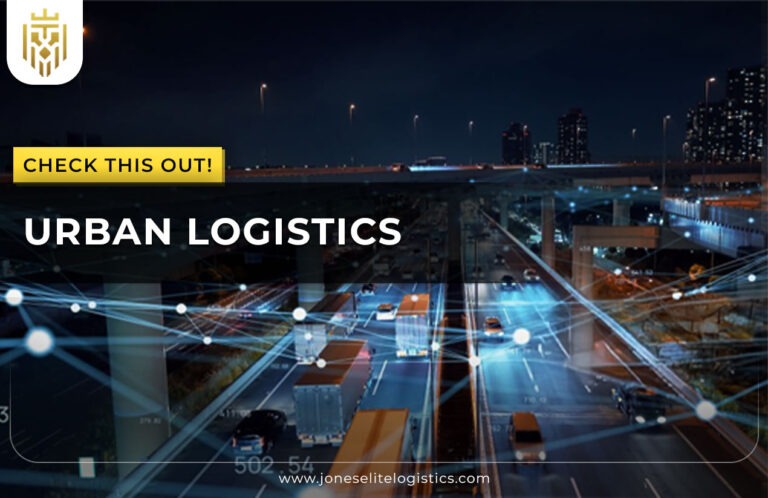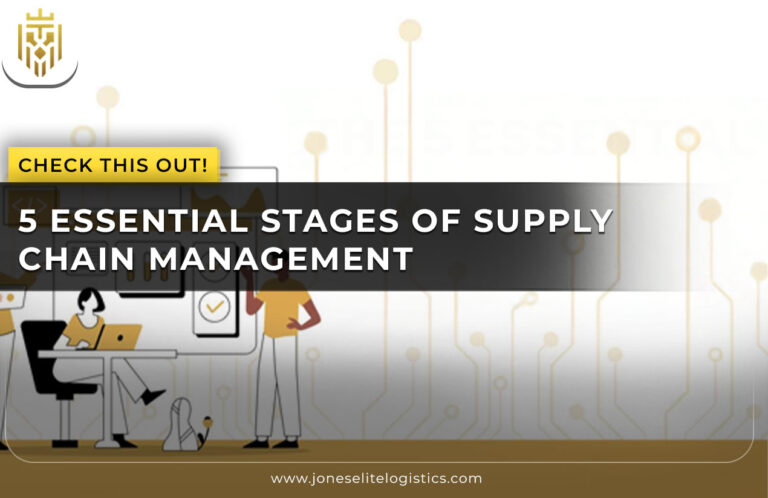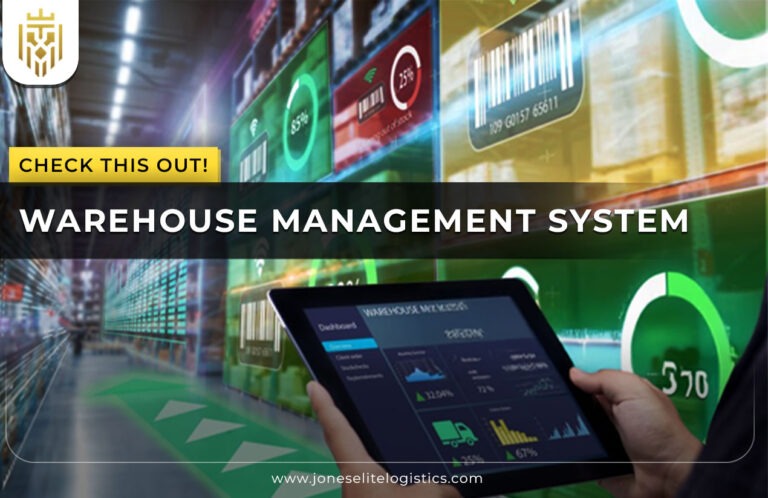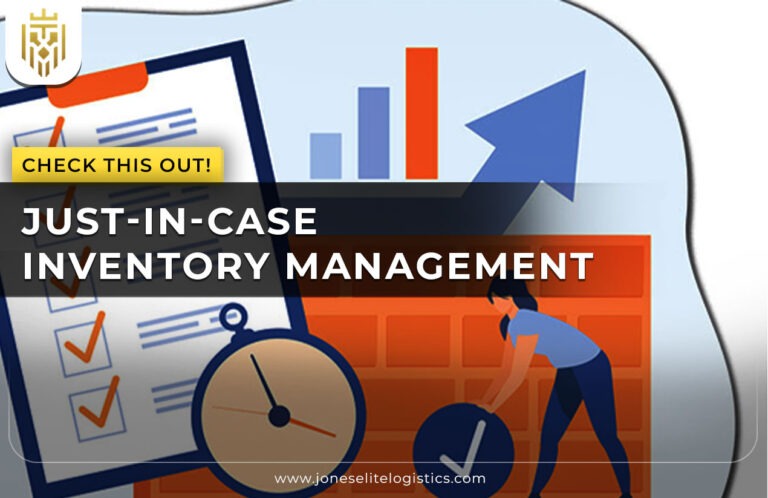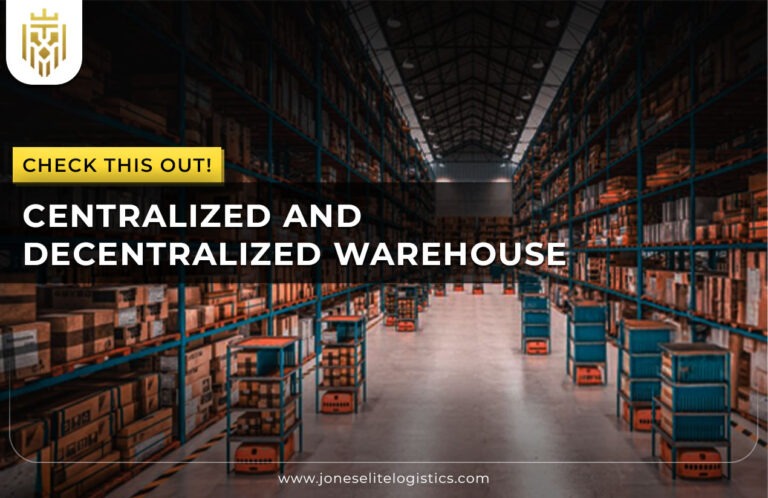The Challenges Reshaping Global Shipping Logistics
Current disruptions in the global shipping logistics industry include increasing costs, environmental restraints, and geopolitical contingencies affecting trade and making room for innovative solutions for resilience and sustainability. International shipping works with inefficient and outdated processes that create problems that are literally costing them time and money. According to UNCTAD, freight rates increased by 243% in 2021, thereby raising global import prices by 11%, while ATRI also found that in the United States, 39.3% of truck stops were facing detention delays, exacerbating the misery.
Taking control, blockchain technology began to sprout as an effective solution to dissolve the barriers by enhancing traceability, visibility, and security from the evidence that streamlines operational functions to efficiency. UPS Global and other industry-leading firms are investigating blockchain-enabled logistics solutions to minimize manual activities and optimize global logistics networks for enhanced operational efficiencies in the realm of cross-border trade.
The Global Supply Chain Crisis: Inefficiencies & Challenges
The global shipping logistics sector has long remained under the aegis of inefficiencies caused by prolonged delays, paperwork burden, and the risk of fraud. The combination of manual documentation and inefficient, outdated processes increases costs and creates bottlenecks that impede the flow of international shipping. Companies such as Maersk looked for logistics solutions that would increase their transparency, security, and speed of operations while mitigating supply chain risks.

Maersk & Blockchain: Solving the $300B Supply Chain Crisis
Global shipping logistics was historically plagued by inefficiencies due to heavy reliance on paper-based documentation. There were more than 200 exchanges of documents for every shipment. This made delays and miscommunication ever too costly. These manual processes delayed customs clearance and complicated tracking. All these affected the global supply chain, increasing costs worldwide and creating the need for digitised transparency and efficiency in logistics solutions.
Over 30 organizations were normally involved in a single shipment, further fragmenting operations. More risk of fraud existed because there were no interconnected systems, often making collaboration impossible. This made Maersk partner with IBM to come up with TradeLens, a blockchain-backed platform founded to digitise workflow, share real-time data, and finally create transparency in global large-scale logistics operations.
The Burden of Paper-Based Processes in Global Shipping
Traditionally, shipping process hiked transit timelines to an average of 34 days, with 14 days wasted solely on customs and paperwork. Therefore, there were not only delays in delivery but also more costs in storage, and these often disrupted the international shipping supply chain. Thus, UPS Global and other leading logistics companies began exploring the solutions that blockchain platforms could provide in removing inefficiencies and making shipping globally responsive.
Paper-based processes created misplaced records, disputes over documentation, and frequent manual errors. The requirement for real-time data was also associated with long wait times and greater operational risk. Workflow management became stringent for organizations. Hence digitization became the goal of the industry to make modern and stabilise networks for Global Shipping Logistics.

Blockchain’s Role in Transforming Global Trade
Blockchain enabled the sharing of secure and real-time data and smart contracts that automated customs formalities. All these minimised errors, fraud, and time for processing. With unalterable records, the system provided transparency and trust among all stakeholders involved. It offered a bright future toward reform in shipping logistics while replacing obsolete manual systems.
By minimising documentation requirements and providing end-to-end visibility, blockchain has greatly reduced most operational costs and risks. Businesses could track shipments accurately and thereby optimize global logistics shipping. New platforms such as TradeLens were symbolic of change towards a more efficient, secure, and fraud-resistant ecosystem for global logistics.
TradeLens: A Blockchain-Powered Ecosystem
TradeLens comprised all these shippers, carriers, ports, and customs authorities as one common digital network. Businesses could then track real-time movements of cargo with total accuracy, thus ensuring reduced delays and monetary losses. It was a promising framework on which future shipping logistics operations could be based, featuring automation and better clarity in operations.
The blockchain utilized by the platform ensured that every possible documentation remained tamper-proof and traceable. TradeLens allowed seamless collaboration between international partners, promoting better coordination and faster response times. It was aimed at bringing digital transformation that the traditional slow and fragmented global logistics shipping industry sorely needed.
Why Did TradeLens Fail? The Real Reasons Behind Its Shutdown
TradeLens struggled, nonetheless, in getting its potential capitalised by widespread adoption. Stakeholders around the global shipping logistics ecosystem are somewhat slow to onboard and are reluctant to change. Critical mass participation, which would have allowed TradeLens to capitalise fully on its collaborative features, did not occur, which also acted as a hindrance to scaling up and opposing the prospects of the platform as a universal solution.
Another critical challenge was the change resistance. Shipping companies, especially smaller players, saw threats to established ways of working. The transition meant training, infrastructure adjustments, and mergers of cultures to accommodate expensive processes, which were rejected by many despite benefits in the long run.
Competitive concerns were also cited. Several companies were uncomfortable with sharing sensitive data on a platform led by Maersk. Although IBM was a co-developer of TradeLens, data privacy and impartiality were major concerns for many actors, who bowed out entirely. Maersk’s assumed control within the TradeLens platform amplified the concern of bias and greatly diminished the credibility of such a platform as an open ecosystem.
Moreover, the lack of standardisation across the global logistics industry was creating integration challenges. TradeLens expected alignment of data formats, protocols, and workflows, which vary enormously from one organization to another. Creating a universal standard for blockchain use in international shipping was a far-off proposition without any regulatory direction or support from industry consortiums.
All these factors: low adoption, resistance to change, competitive distrust, and lack of standardisation led to the demise of TradeLens. Maersk and IBM formally announced the closure of TradeLens towards the end of 2022, admitting that the product had failed to achieve the much-needed commercial viability despite the promising framework and vision.

The Future of Blockchain in Shipping
New decentralised platforms are emerging, post TradeLens closure, that will enhance trade finance and documentation. These blockchain-enabled transactions secure and transparently enable cross-border trade. These logistics solutions will advance global shipping systems toward digitization, making them more scalable, resistant, and effective against fraud.
This will automate compliance and customs formalities, with the intent to minimize errors and delays. Combining IoT, Artificial Intelligence, and blockchain technology makes predictive analytics and supply chain resilience stronger to give real-time insights for better decision-making. This will revolutionise international shipping by gaining movement flexibility and operational efficiencies.
The Road Ahead: Building a Smarter, More Efficient Global Shipping Ecosystem
In the long run, blockchain technology offers the very much needed solution for global shipping logistics-secure, transparent, and efficient trade processes. The elimination of paperwork, avoidance of fraud, and real-time tracking make it a revolutionary approach for international shipping. With the progress of technology, it will be blockchain-driven platforms that will continue to reinvent global logistics to be more resilient and digitally supported supply chains.
But then, for mass adoption, industry-wide collaboration has to be initiated. The collaboration must be between UPS Global, shipping lines, regulators and technology providers. This means that the top priority from this point will be to dismantle the existing change resistance and to set standard frameworks towards the full realisation of the promising potential that blockchain inherently has. In fact, in the end, it very well may just deliver the largest and most scalable and truly interoperable global logistics ecosystem.
FAQs
1.What was the main problem Maersk aimed to solve with blockchain?
Maersk set out to reduce inefficiencies developed in global shipping logistics because of manual paperwork, long clearance times, and lack of transparency. Through TradeLens, blockchain was applied to digitise document flow, ensure security, fight fraud, and enhance communication among shipping participants, thereby improving the overall efficiency of international shipping and reducing operational costs.
2.Why was TradeLens shut down?
TradeLens was shuttered in 2022 because of a lack of adoption across the industry. Many of the major players were reluctant to cooperate with a platform co-owned by Maersk, citing worries about competition and reluctance to share data. Without a broader base of participation, TradeLens was unable to reach scale or deliver on its intended value to the global logistics and shipping logistics ecosystem.
3.What technologies is Maersk using after TradeLens?
Pragmatically speaking, after TradeLens, Maersk has turned to AI, IoT, and cloud-based logistics solutions that promote real-time tracking, predictive planning, and automation for the purposes above. This means route optimization, supply chain visibility enhancement, and security strengthening present the opportunities for an efficient and responsive global logistics network insulated against monopoly Blockchain.
4.How does blockchain benefit global shipping?
Blockchain helps in global shipping by providing secure and tamper-proof records, real-time visibility, and automated workflows. Reduced paperwork translates to lowered fraud risk and improved cooperation across borders. Even though TradeLens has come to an end, the advantages of blockchain are still poised to change international shipping by enabling decentralised, transparent, and streamlined approaches to global shipping logistics processes.

